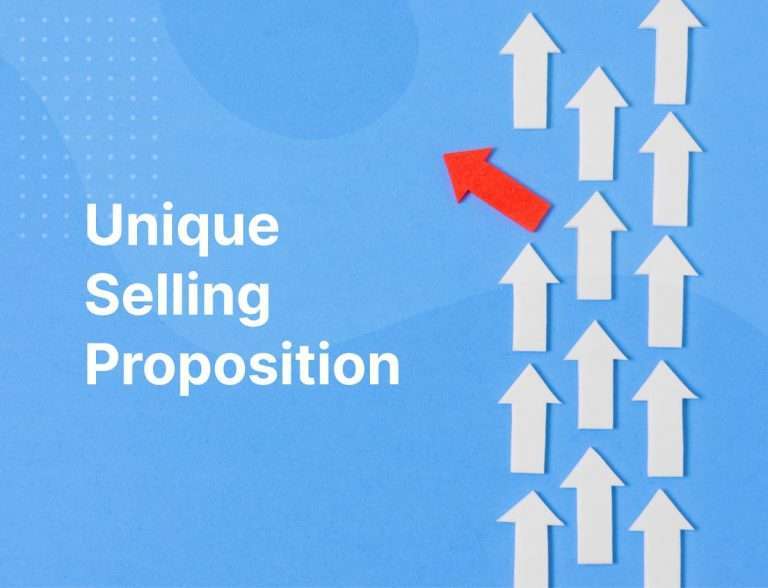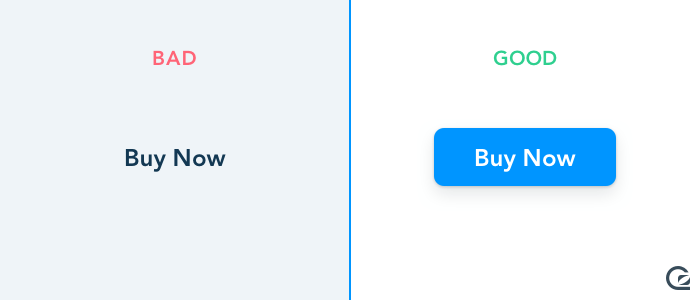Reignite the magic of your business!
Yes, it’s true! Customers are the lifeline of a business. But a business cannot sit idly and get customers. Of course, unless you have some magic beans which allow you to make money while you sleep – normal businesses still need to put in efforts to get clients and ensure conversions.
For a business to survive it has to always be on the lookout for customers. Attracting the masses, providing them something they need, gaining their trust and then a business can say it has a customer.
This process of comprehending the flow of potential customers into paying customers is called Funnel Conversion. Imagine a funnel with different layers. People start at the top of the funnel as potential customers. As they pass down the funnel, they get filtered each step brings them closer to becoming a paying customers.
As a business, you have to make sure that your funnel conversion strategies allow the maximum number of potential customers to trust your business and become paying customers. But for that, you will have to tackle the problem of low conversion rates.
A seasoned business operating for ages or a newborn business taking their baby steps, the first issue they have to tackle is low conversion rate. What are the reasons for different sectors to face low conversion rates; read on to find out.
Which Sectors Have Been Affected The Most?
It’s critical to understand your eCommerce conversion rates by industry because it’s the only method to determine how effective your marketing initiatives are. While knowing your figures is a good place to start, you won’t be able to assess your overall success until you have a benchmark to compare it to.
We’ve found market-specific conversion rate standards to be a great source of data for measuring an e-commerce store’s overall performance when creating goals and in-house benchmarks.
You can compare your results to the global eCommerce conversion rate, which is now about 2.86 percent. However, you’ll want to compare your typical eCommerce conversion rate to those in your industry to properly grasp where your eCommerce brand ranks among competitors.
If your eCommerce brand is in the arts and crafts category, for example, you should compare your typical eCommerce conversion rate to the total arts and crafts market. As you can see in the graph below, the average eCommerce conversion rate for that industry is 4.01 percent, which is much better than the global eCommerce conversion rate average for 2018. As a result, while your conversion rate will be greater than the global average, it will still be significantly below the industry average.

Knowing the industry average and comparing it to the average for your brand will tell you whether your marketing efforts are paying off. If your results are below average, you should sit down with your team and rethink your strategy.
Reasons For Low Conversion Rates
1. No Unique Selling Proposition (USP)
Many pundits might rule out USP as nothing but a marketing gimmick. But think again. Many businesses cannot convert customers because they just don’t catch their eye. Your USP has to be unique and that is why businesses suffer low conversion rates.

Their USPs are not unique and this causes customers to look elsewhere. A unique USP makes customers root for you and is completely sure that they want only your business, without that you can never dream of your customer conversion rate going up.
2. The Pandemic
It is no secret that the pandemic has put customers under financial strain. Businesses that cannot adapt to these changes and find some way to lower their prices faced the consequences.
Customers can easily be attracted to low-priced high-quality products. The absence of such a product causes a low customer conversion rate and in recent times this effect has been multiplied by manifolds.
3. Ineffective Call-to-action (CTA)
With almost all businesses having an online presence, CTA has become a common thing. What is a CTA? It is anything on a business website that encourages a customer to buy your product or service, it could be a button or a pop-up, or anything else.

A poorly designed CTA, mundane CTA, too generic CTA are all highway to low conversion rates.
How To Solve the Issue of Low Conversions?
After reading through the reasons and the impacts of low conversion rates, getting a solution is important. Here are a few solutions that will surely increase your low conversion rate by leaps and bounds.
A. Social Proof
If your customers have people who can vouch for your products, they will buy from you. That is a very obvious analogy but many businesses fail to recognize its importance. Good market research helps you identify these factors way better than you could imagine. Not only does this improve your social presence but also gives you the exact action plan which helps you increase your conversions.
Testimonials, influencer endorsements, product reviews, unique logos, etc. are gold mines that can be harvested to increase your customer conversion rate.
They help create an image of your business, and that is the best way to convert potential customers into paying customers.
B. Personalization
The world is getting automated. The last thing potential customers want is an automated experience. If your business can offer them something that pulls at the strings of their hearts, you have hit the jackpot rule for increasing a low conversion rate.
A video message, a CEO signed gift card, a free jacket with your business logo, these are a few ways that businesses can add personalization to their services. The return on this investment comes in the form of loyal customers that further recommend and increase the reach of your product. 80% of customers are more likely to buy products from businesses that offer a personalized experience.
Personalization has evolved from being confined to targeted offers to encompassing the entire customer experience. Customers desire personalization throughout their interactions with a shop, with several, unique touchpoints that allow them to prioritize their time and money based on their preferences. The entire experience is supported by extensive market research.
C. A/B Testing
Finally, you should conduct A/B testing on your content whenever possible. This is the only method to know if your content is successful before wasting time and money sending it out. A/B testing entails delivering one version of your content to a small sample of your list, followed by another small sample of your list. You should send whichever version performs better to your complete list, whether by email or social media.
The Bottomline
Funnel Conversion requires you to evaluate everything that you use to design your strategy and Maction has helped many businesses improve funnel conversions. From simple things like designing a UI for the website to a customer rewards plan, everything should be in a harmony. A low conversion rate doesn’t mean the end of the line for your business. The outer rings of the sales funnel phases will have more prospects than the center. As you approach closer to a sale, the number of prospects in your funnel will continue to diminish. This is entirely normal. As the prospect progresses through the stages of the sales funnel, your conversion goals will change as well. Hence, it is always better to be one step ahead of your competitors and take your funnel conversions a notch higher.


